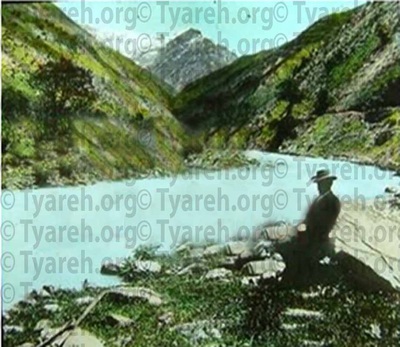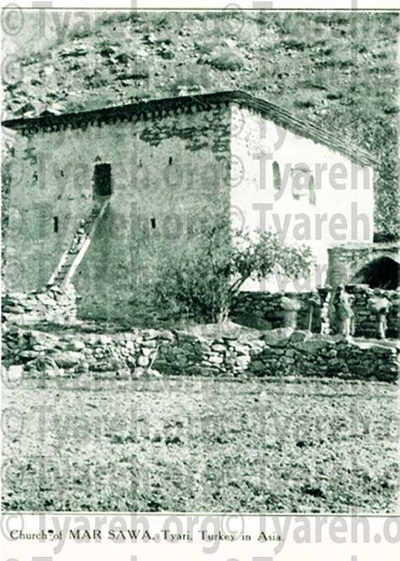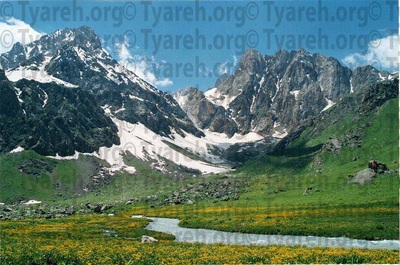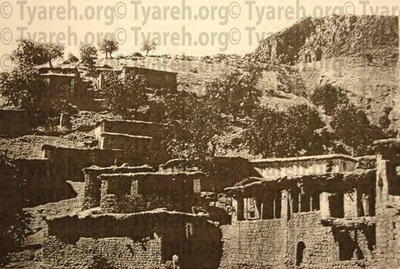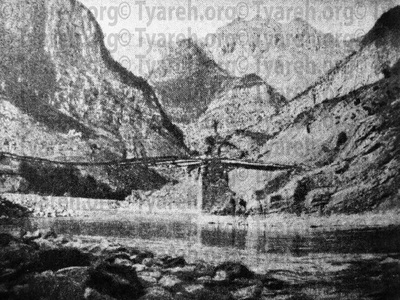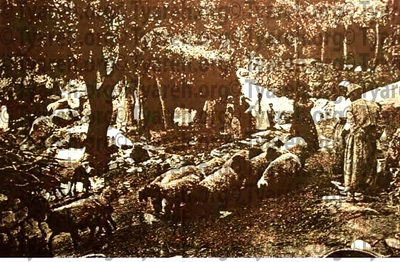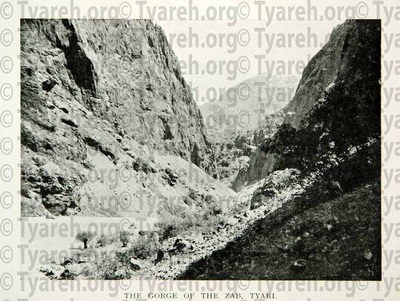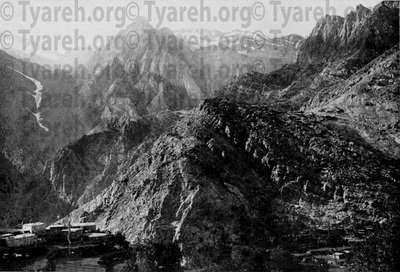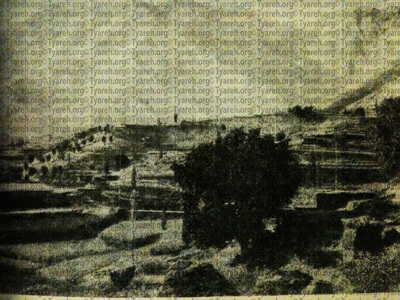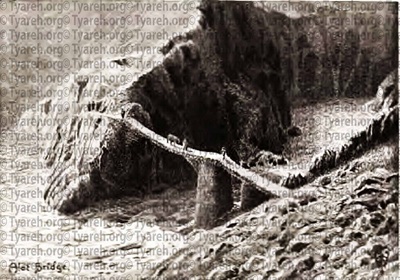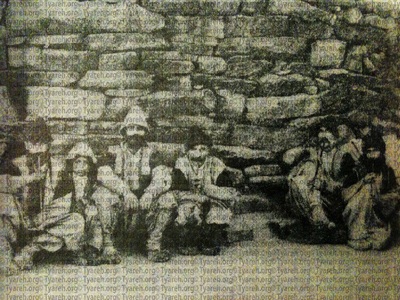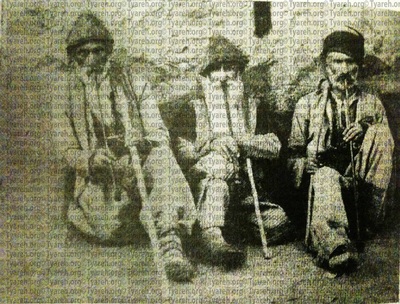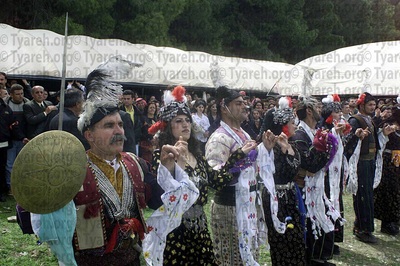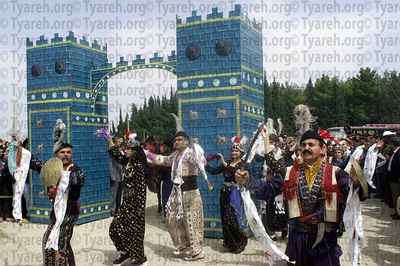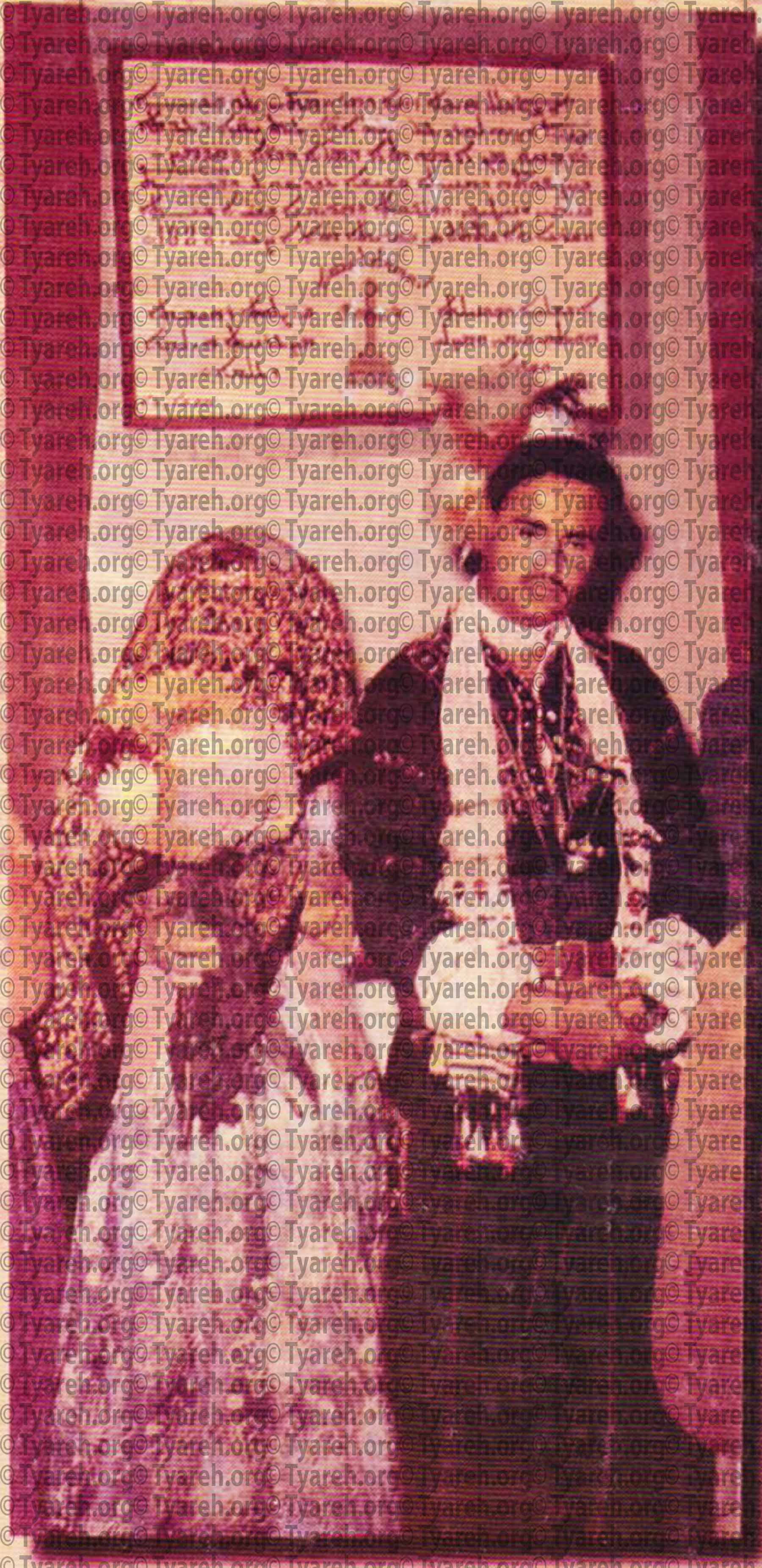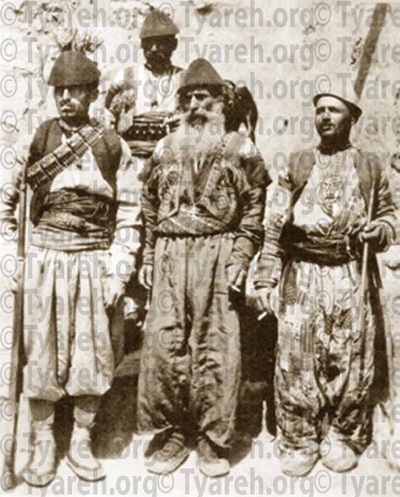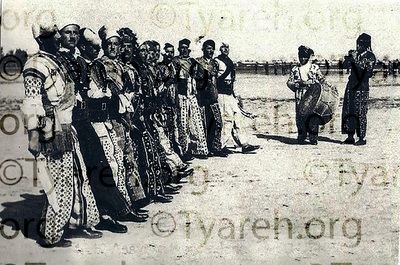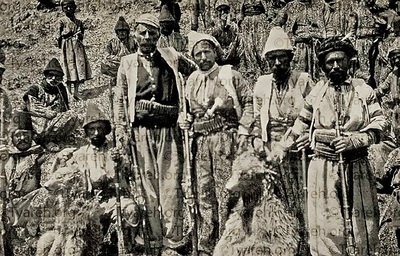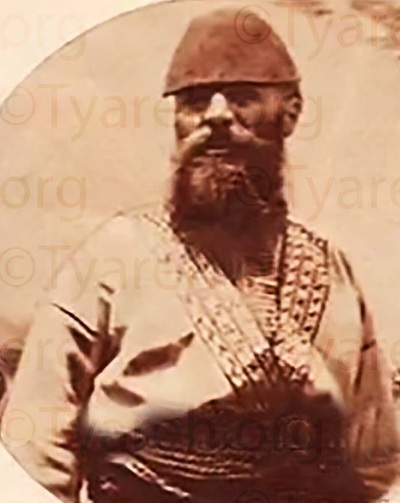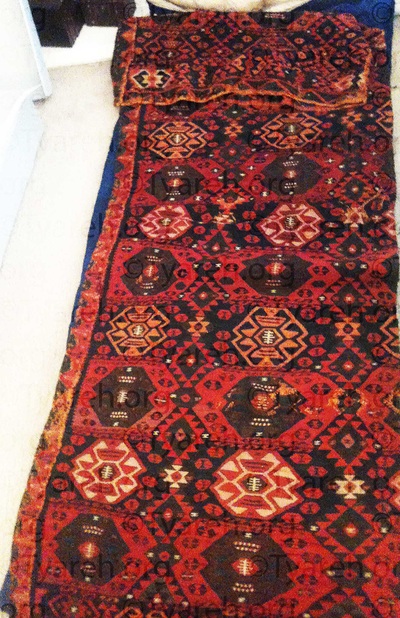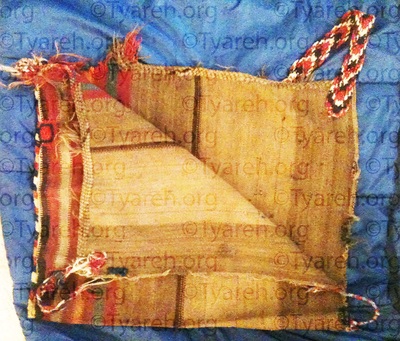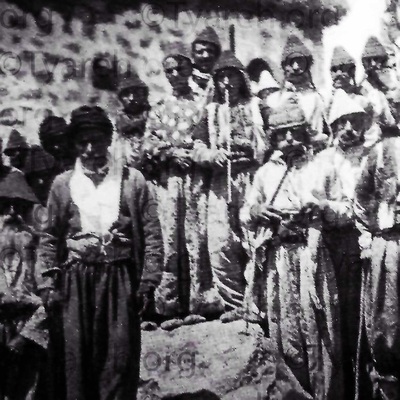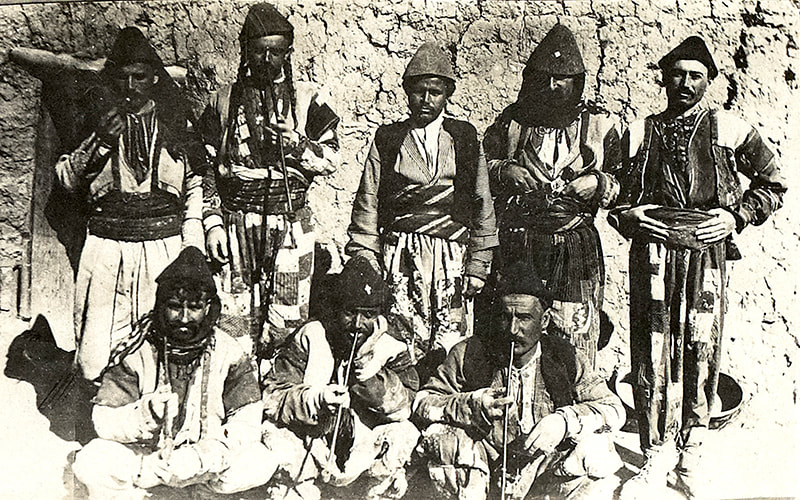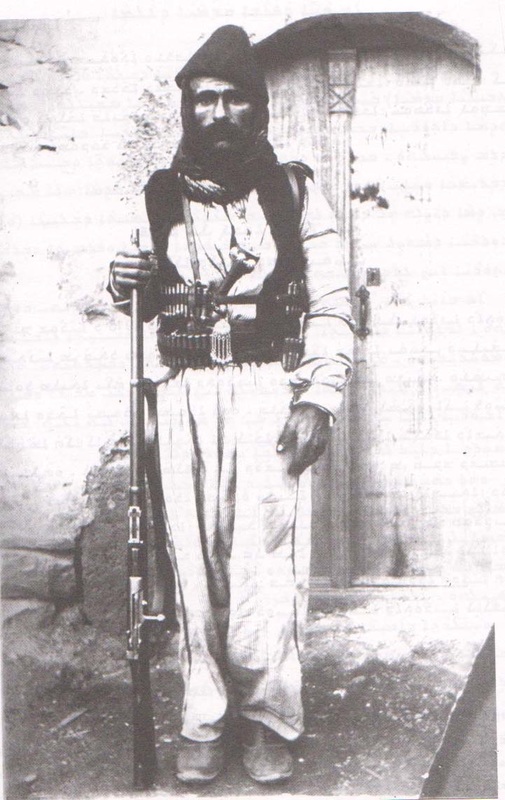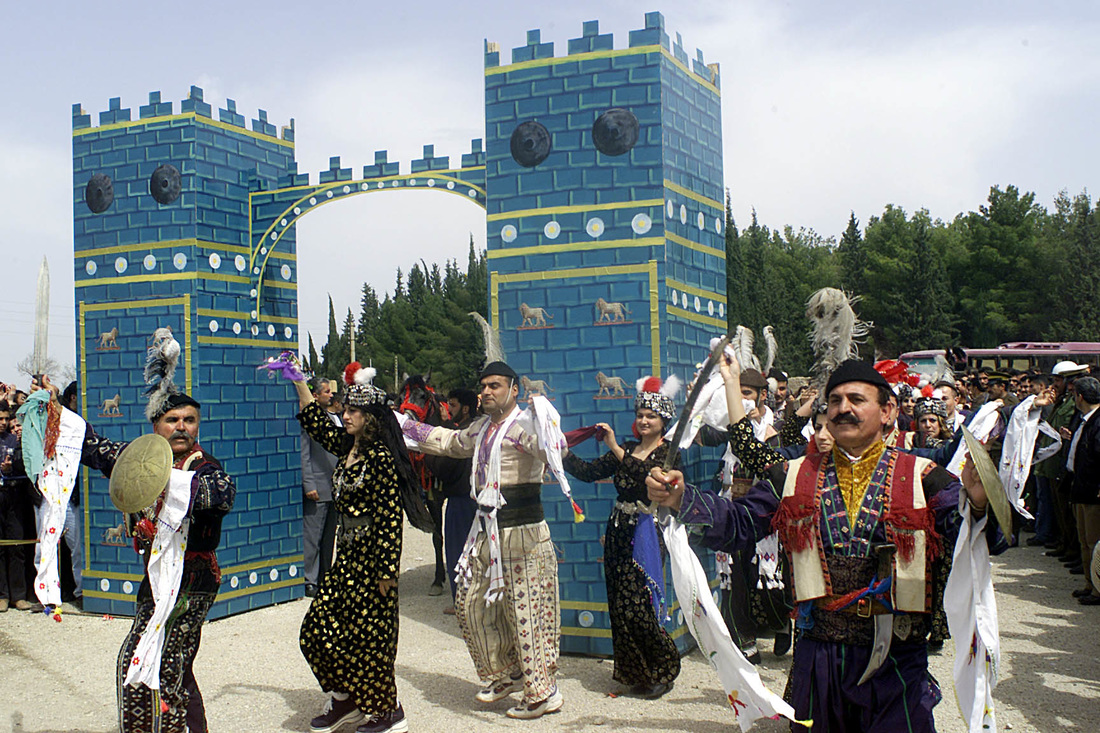|
|
Everyday Life
Life in Tyareh, as with other regions in the Hakkari mountains, was extremely difficult. Only the strongest survived living at such high altitudes (6000-7000ft) and it was not uncommon for many newborns to die. This natural selection process ensured that those who survived were tough and in good shape. Agriculture in Tyareh was primarily based on livestock since there was very little farming done as a result of the mountainous terrain. The people of Tyareh made use of any arable land they could cultivate and usually cultivated fruits. Their livestock consisted of sheep, goats, chickens, oxen etc. The most important animal, however, was sheep because it's fur was used to make wool and along with its hide, they were used to make clothing and other items. Because sheep were valuable, sheep herding was often a dangerous business as it was customary for the Tyareh and Kurdish Tribes to engage in sheep theft from each other in which fatalities for those involved were not uncommon. The houses in Tyareh were simple rectangular or square shaped dwellings made of bricks with flat roof tops. It was not uncommon for people to plant seeds of various fruits or vegetables on their roof tops. A fireplace usually kept the house warm during the winter and was also used for cooking. According to Malik Yaqo D'Malik Ismail's book The Assyrians And The Two World Wars, the people of Tyareh were able to make gun powder and musket balls in the early 1800s and almost every house had at least two or three muskets. However, after the invention of the automatic rifle and cartridges it became increasingly more difficult to produce ammunition. Therefore, they became more dependent on foreign sources for buying ammunition and weapons. Code of Conduct The numerous and diverse tribes of the Hakkari region employed an honor system to administer their intertribal and intratribal affairs . For the most part, this honor system varied little between the Assyrian and Kurdish tribes and its scope encompassed issues such as justice, war, family and property ownership. Clothing The people of Tyareh were known for their distinct clothing referred to in Assyrian as "Joleh D'Tyariana" which were knitted from sheep hide and fleece and were dark or light in color (Gray, White, Black). For men, the clothing consisted of the following: a conical hat known as "koseesha" modeled after the helmets of ancient Assyrian soldiers , a vest made from sheep hide and fleece known as "Chookha", shoes knitted from sheep hide known as "Pelaweh" and a waistband known as "Kherkhasa." It is important to note that although the Tyareh people wore these clothes in everyday life, they had a different set for celebrations (See below picture). For festivities and weddings, the Tyareh people wore a slightly different set of clothing known as "Joleh D' Khomala" which were identical in design but a little different in color and had additional elements. For the men, the difference included feathers or "Pareh" (sometimes colorful) stuck in their hats, a thick scarf known as "Shala" and a piece of clothing attached to their wrists known as "Lawendeya." Nowadays, the Joleh D' Khomala are sometimes used as the national costume of Assyrians as they are worn in many non Tyareh weddings or cultural events (See below picture). |
